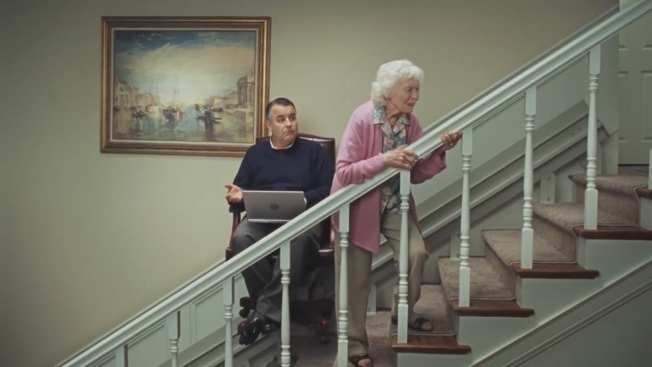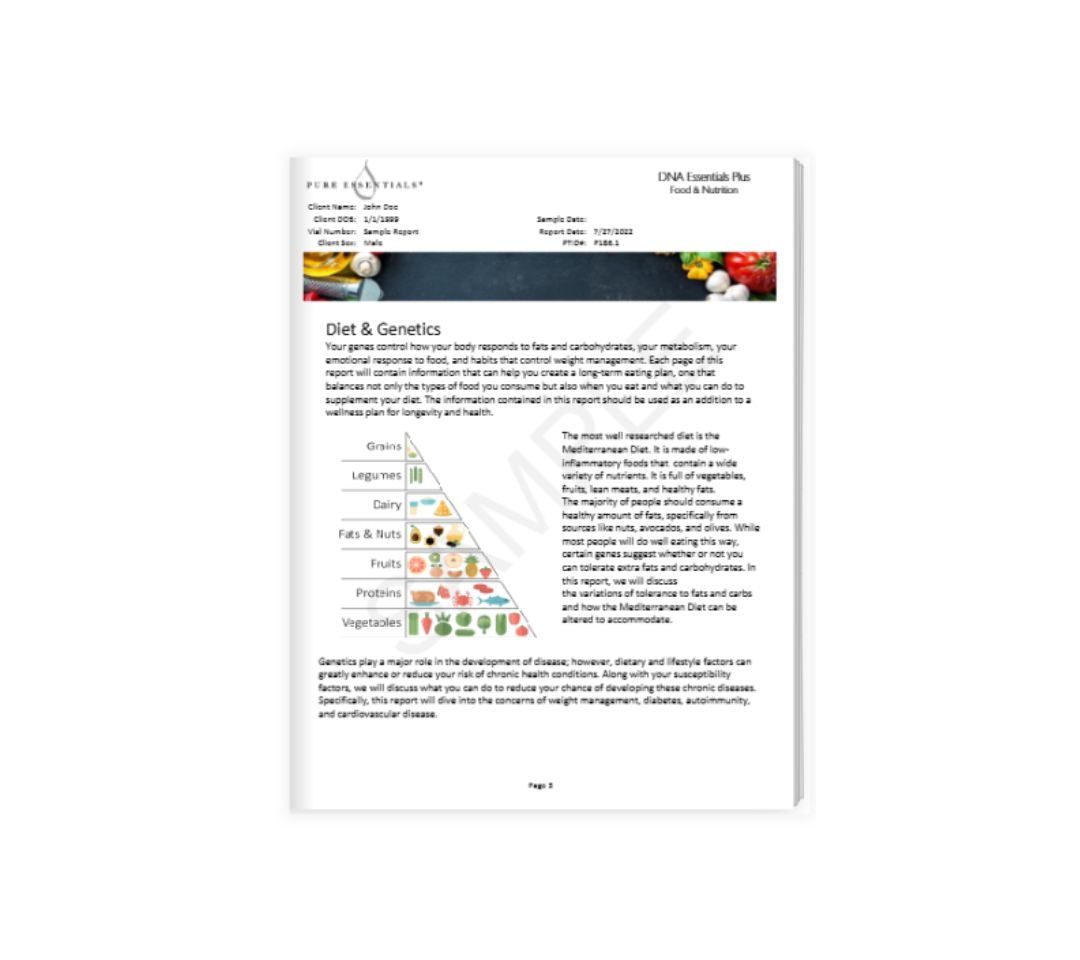Let’s be honest. The transition to remote work was, for many of us, a chaotic scramble. The dining table became the conference room. The couch doubled as an ergonomic throne. And that lower back pain? Well, we just chalked it up to stress.
But here’s the deal: our bodies weren’t designed for eight-hour marathons in a slumped-over, laptop-on-lap position. Postural health isn’t just about sitting up straight; it’s the foundation of how we feel, work, and live day-to-day. Ignoring it is like pouring sugar in your car’s gas tank and wondering why the engine is sputtering.
Why Your “Comfy” Spot is Secretly Sabotaging You
It starts subtly. A dull ache between the shoulder blades at 3 PM. A stiff neck when you wake up. Maybe a nagging headache that just won’t quit. These aren’t just random annoyances. They’re your body’s distress signals.
Poor posture, especially the classic “remote work slouch,” does a number on you. It compresses your diaphragm, so you take shallower breaths. It strains the muscles in your neck and shoulders, leading to those tension headaches. Over time, it can even affect your digestion and mood. The science is clear: a misaligned spine can lead to a misaligned day.
The Remote Worker’s Ergonomic Toolkit: It’s More Than a Fancy Chair
Okay, enough with the scary stuff. The good news is that fixing this doesn’t require a degree in biomechanics or a second mortgage for a $2,000 chair. It’s about smart, intentional adjustments.
The Non-Negotiable Setup
Think of your workspace as your personal command center. It should work for you, not against you.
- Eyes Level with the Screen: Your monitor’s top should be at or slightly below eye level. No more craning your neck down to look at a laptop. Use a stand, or even a stack of books to get it to the right height. Honestly, this one change is a game-changer.
- Arms at a 90-Degree Angle: Your elbows should rest comfortably by your sides, with your forearms parallel to the floor. If your chair is too high, your shoulders hunch. Too low, and you reach up. Adjust your chair height or use a footrest.
- Feet Flat on the Floor: Your knees should be at about the same level as your hips. If your feet dangle, it creates pressure on the back of your thighs. A small footstool or a sturdy box works perfectly.
- Lower Back Support: Your spine has a natural curve. Support it! A lumbar pillow, or even a rolled-up towel placed in the small of your back, can make a world of difference for your spinal alignment.
The Magic of Movement (It’s Not What You Think)
Here’s a secret: the perfect posture isn’t a single position you hold all day. It’s a series of positions. Your body craves movement. Stagnation is the real enemy.
You don’t need to do a full workout every hour. Just break the pattern.
- Set a timer for 25-30 minutes. When it goes off, stand up. Stretch your arms to the ceiling. Shake out your hands. Look away from the screen for 20 seconds. That’s it.
- Use a standing desk converter, even if it’s just for an hour in the morning and an hour after lunch. The shift from sitting to standing changes the entire load on your body.
- Walk around during phone calls. Pace your living room. It feels silly at first, but the movement adds up.
Simple Exercises for the Time-Poor Remote Worker
These aren’t gym-level exercises. They’re micro-movements you can do right at your desk to counteract the most common remote work postures.
| Exercise | How-To | Targets |
| Chin Tucks | Gently pull your head straight back, creating a “double chin.” Hold for 3-5 seconds. Release. | Forward head posture |
| Scapular Squeezes | Sit or stand tall. Squeeze your shoulder blades together, as if trying to hold a pencil between them. Hold. | Rounded shoulders |
| Thoracic Extension | Clasp hands behind your head. Gently arch your upper back over your chair, looking up slightly. | Upper back hunch |
| Seated Figure-Four Stretch | Sit tall, cross one ankle over the opposite knee. Gently lean forward until you feel a stretch in your hip. | Tight hips from sitting |
Beyond the Desk: The Mind-Body Connection
Posture isn’t just physical. It’s psychological. When you’re stressed or deep in focus, your body contracts. You might clench your jaw, hunch your shoulders, or hold your breath without even realizing it.
This is where a quick body scan can be incredibly powerful. A few times a day, just pause. Ask yourself:
- Are my shoulders up by my ears? (Let them drop.)
- Is my jaw tight? (Relax it.)
- Am I holding my breath? (Take a slow, deep breath.)
This simple act of checking in resets both your mind and your muscle tension. It’s a form of active recovery that costs nothing but a moment of your time.
Making It Stick: The Long Game
You know all this. The challenge, of course, is consistency. We fall back into old habits because they’re, well, habitual.
Don’t try to overhaul everything at once. That’s a recipe for burnout. Pick one thing. Just one. Maybe this week, you focus on getting your monitor to the right height. Next week, you master the chin tuck exercise. The week after, you commit to a five-minute walk at lunch.
Small, sustainable changes compound. They build a new normal. A normal where you end the workday feeling energized, not eroded. A normal where your workspace supports your well-being, instead of undermining it. And honestly, that’s a future worth sitting up straight for.








